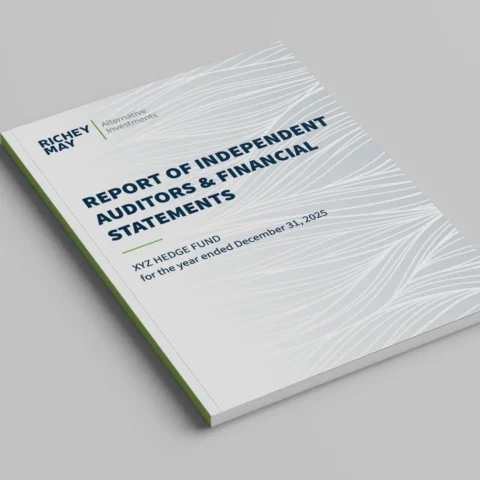After the past several months of social distancing, state and local governments are looking to open up offices, restaurants, factories, and other public spaces. Many organizations successfully reacted to the pandemic, either by utilizing their established Business Continuity Plans (BCP) or through quick work by internal teams. However, the last phase of any Disaster Recovery (DR) or BCP is the return to “normal” business operations.
While we can all debate what the “new normal” will be, it is time for businesses to start looking at and executing their plans to return to normal operation. We’re starting to see many organizations, including Ford, General Motors, KPMG, the CDC, and even state and local governments, provide guidelines and suggestions.
These guidelines all cover the following general areas:
Development of a Risk Framework:
The goal of any risk assessment is to determine the specific areas of risk and concern related to your business operations and business processes. As it relates to returning to work post-social distancing, businesses should identify areas where their operations increase the risk of transmission to or by their employees. This includes looking at common areas such as break rooms, elevators, and washrooms. Management teams should consider the percentage of their workforce that is potentially part of an at-risk population, and should also take into account local infection rates. Each business’s approach to risk will be different, but once the risk assessment has been completed, this should aid any organization in having a good starting point for areas of remediation to address when returning to “normal” business operations.
Review workflows:
After several weeks and/or months of social distancing, organizations that could migrate workflows to a home office did. Many workflows that might not have been considered previously for remote work were migrated successfully, where others were not. Businesses should establish a scorecard that evaluates each workflow and the individuals executing those workflows. The output of this exercise should aid in identifying and prioritizing workflows – and employees – that should return to the office near term, while other workflows – and employees – can remain remote until the risks are lower.
Physical space evaluation:
If you haven’t already been contacted by your landlord, consider reaching out to them to find out whether they have any specific policies and procedures you must follow prior to opening your office space. In many multi-tenant office spaces, facilities managers are limiting hours of access for common areas such as parking garages, elevators, and break rooms. Within your specific facility, you should consider contacting local workplace safety and/or medical advisors to discuss how to appropriately migrate the prioritized employees back into the physical office space with proper safety measures.
Safety measures:
Many organizations over the course of the past several years have moved to open concept floor plans and hoteling. As you start migrating employees back into your facility, think about how you will logistically handle keeping people 6 feet apart. Make sure you have the correct sanitation and cleaning procedures in place. Consider implementing contact tracing procedures as well as entry “triage” (e.g. temperature checking, asking if individuals have symptoms, and the deployment of prophylactics). However, make sure that you’re not saving or logging this information on an individual level. Doing so creates Private Health Information (PHI) and may subject you to HIPAA legal and privacy requirements.
Executing Your Plan:
Once you have a plan in place, continue to follow the same decision-making and communication flows you were using during the crisis. This will not only keep communication uniform but also make it easier for you to execute your go-forward strategy.
While the issues related to COVID-19 continue to change, being prepared for business disruption was only half the battle. COVID-19 is certainly not the last incident that could cause you to require extended work from home, so as we return to the new normal it is important that you reflect on what worked and what didn’t work. Applying these lessons learned and updating your existing plan now will help you better accommodate emergencies in the future and may help keep your employees’ and customers’ data safe. If you need assistance developing, testing, reviewing or executing a BCP or cybersecurity strategy, contact us.





